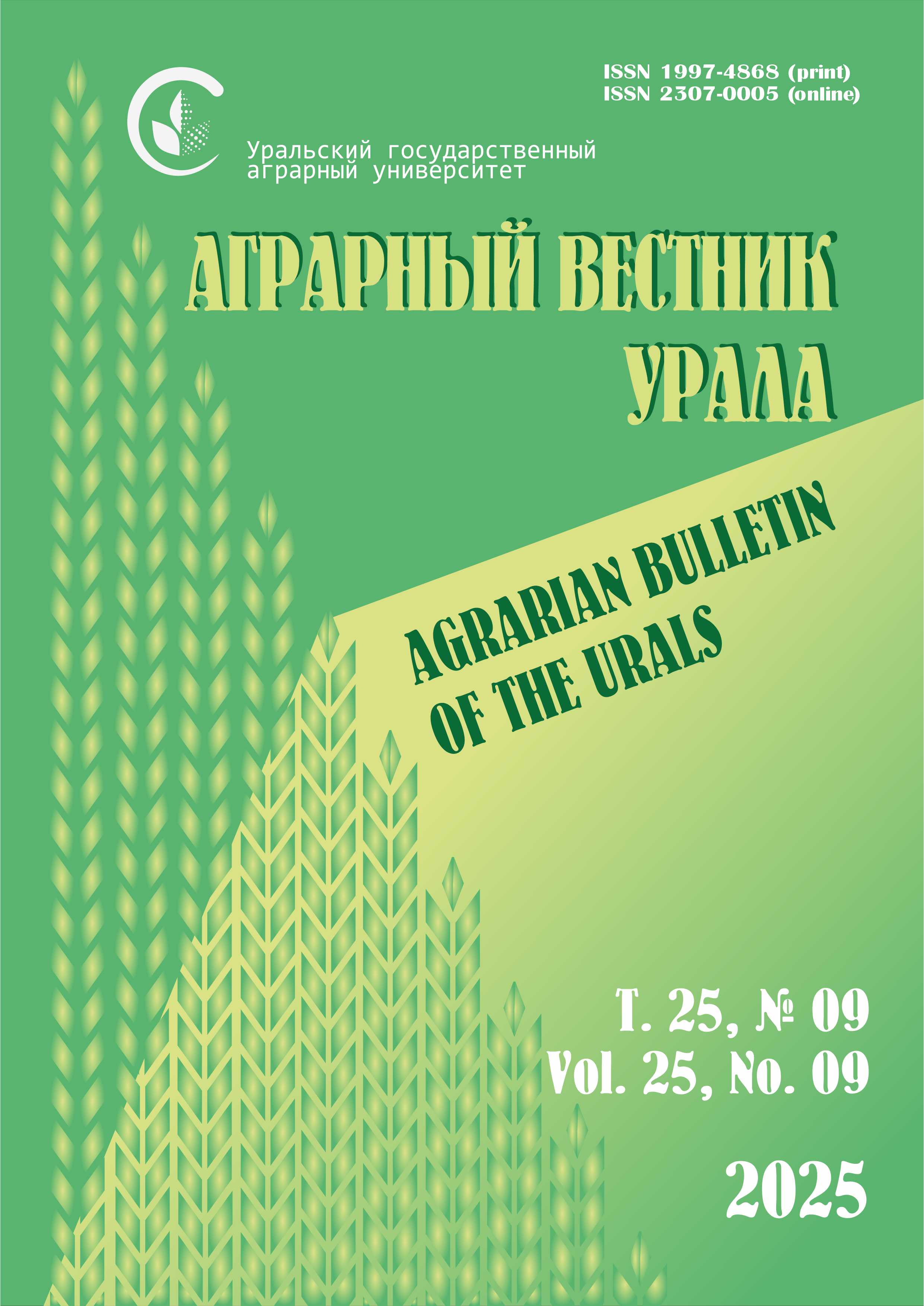Authors: O. V. MITROFANOVA, candidate of biological sciences, senior researcher of laboratory of molecular genetics, N. V. DEMENTIEVA, candidate of biological sciences, senior researcher of laboratory of molecular genetics, E. S. FEDOROVA, candidate of biological sciences, senior researcher of department of genetics, breeding and conservation of genetic resources of agricultural birds, A. P. DYSIN, research assistant of the laboratory of molecular genetics, All-Russian Research Institute of Genetics and Breeding of Farm Animals – branch of the Federal Scientific Center of Animal Husbandry – All-Russian Institute of Animal Husbandry named after academician L. K. Ernst (55a Moscow highway, 196601, St. Petersburg, Pushkin; e-mail: This email address is being protected from spambots. You need JavaScript enabled to view it.)
Keywords: chicken embryo, extraembryonic fluid yield, chickens, Russian white breed, SNP, polymorphism.
Abstract: Currently, developing chicken embryos continue to be the raw material for the production of viral vaccines. There is a need for breeding solutions aimed at obtaining eggs containing a high level of extraembryonic fluid (YEF). In the RRIFAGB bioresource collection “Genetic collection of rare and endangered breeds of chickens” on the basis of the population of Russian white chickens, work is underway to create poultry lines with high extraembryonic fluid outlet. The purpose of this work is to identify the association of C/T substitutions in the rs13730111 position in the genome of mothers with different levels of YEF in embryos, and also to characterize the embryos of chickens according to zootechnical accounting. It was found that the YEF release in chick embryos is associated with the genotype of mothers by replacing rs13730111. The highest YEF of embryos was observed in chickens with a homozygous TT genotype (n=3, p <0.05), the smallest - in individuals with the CC genotype (n = 87, p <0.05). At the same time, the allele C was found in the population with a frequency of 0.8, and the frequency of the allele T was only 0.2. No deviations from genetic equilibrium were found (χ2 = 2.4 with f = 1). Evaluation of zootechnical records of chicken embryos showed that the distribution on the basis of the YEF is approaching normal. The average fluid yield in embryos (n = 430) was 11.7 + 2.06 ml. There was a high positive correlation (r = 0.599) between the egg mass when laying on the incubation and the YEF. An increase in the percentage of egg drying during the development of the embryo leads to a decrease in the yield of extraembryonic fluid (r = -0.334). The observed patterns can be used in the evaluation of birds during breeding.












